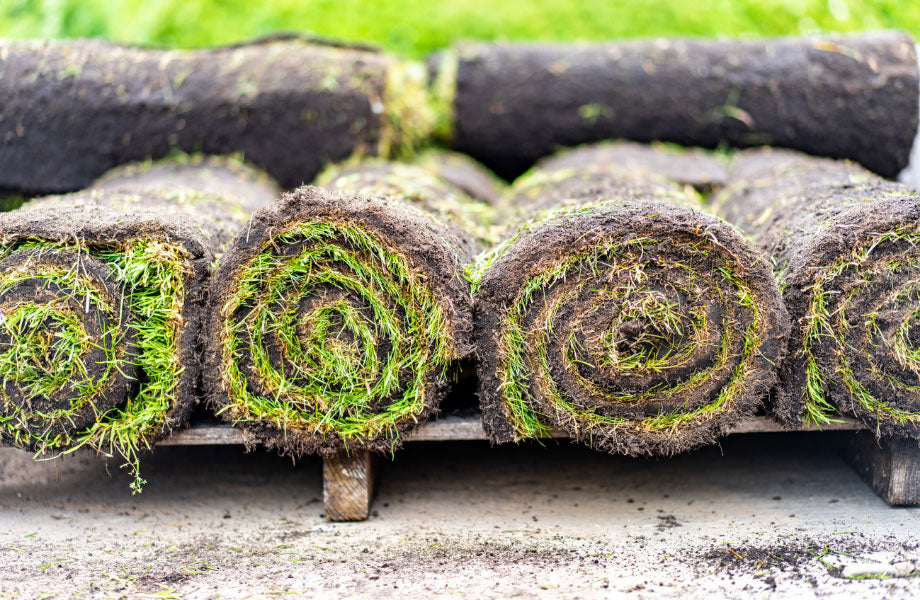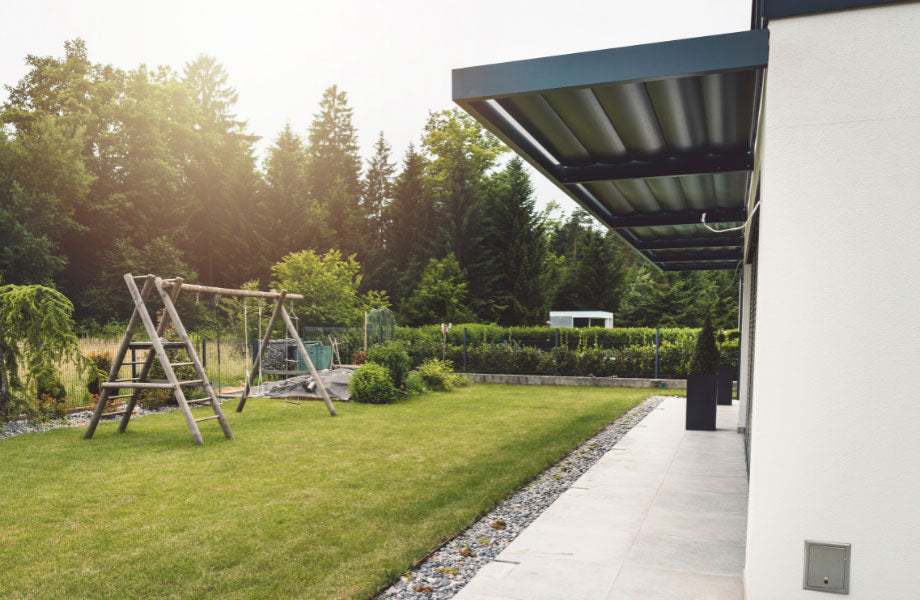
Steps for Accurate Lawn Measurement
1. Sketch Your Site
The first step is to get to know the area where you are going to lay your lawn. Don’t be overwhelmed if it’s a big shape with a bunch of different angles and irregular sides. Take your time to walk around it and get the feel of it. Then, sit down and sketch out the area on a piece of paper. It might be quite a simple square, which will be quite simple. If it’s more complex, then once you have your overall shape, break it up into basic, more manageable shapes – squares, rectangles, circles and triangles.
Do the maths
The next step is to cast your mind back to primary school maths, to measure the area of each shape and add them together. This will give you the square meterage of your lawn measurement for your turf order. To work out the overall square meterage for your lawn area, you will add together the square meterage of each basic shape that makes up your site. Here’s how to do it. Squares + rectangles: Length x Width = square metreage of the area. For example, if your area is 5m long and 4m wide, your calculation is 5 x 4 = 20m2. Triangles: For triangular shapes, you calculate the area by determining the overall width and length. Multiply the two measurements together, then halve that number. For example, if your space is 6m long (at its longest point) and 5m wide (at its widest point), your calculation is (6 x 5) / 2 = 15m2. Circles: Measure the radius of your circle (from the middle of the circle out to the edge of the circle, in a straight line). Multiply it by itself and then 3.14. For example, if your radius is 3 m, your calculation is 3 x 3 x 3.14 = 28.26m2. Taking each of our example measurements, you would then add 20 + 15 + 28.26 = 63.26m2. Whew!
Making your turf order
To be on the safe side, we always recommend ordering a little extra turf when laying lawn. If you are working with a simple area, such as a basic rectangle, add 5% extra. If your lawn area is more complex, for example, made up of a square + a rectangle + two triangles + a circle, go for a good 10% extra. In our above example, working with a rectangle, triangle and circle, we would add 10% of 63.26m2 and round up the order to 70m2. Ordering extra gives you wriggle room when it comes time to lay your turf. Irregular shapes can mean you will have a little wastage from a roll of turf. With most of your varieties – but particularly buffalo grass, like Sir Walter – you can easily use these extra pieces to fill in bare spots in other areas of lawn as well.
What about turf underlay?
In addition to turf, your site may need an underlay or product like a lawn launcher to help prepare your site. A sand or under turf soil underlay is ordered in cubic metres and tonnes, so you will need a volume measurement. For this, you multiply your turf square meterage by depth. A turf site will generally need 100mm to 150mm of underlay (0.1 to 0.15m). You can continue with your maths skills or use our handy measurement guide to work out your volume needed. Using our above example, you would multiply 70m2 x 0.1 = 7m3 of your required turf underlay.
Which turf is best for me
As for which turf is best for your site, we can talk you through that in person. Or you can read our earlier how to here. At Rock’n’Soil, we have a great range of turf to choose from, which are the perfect choice for laying lawn.

